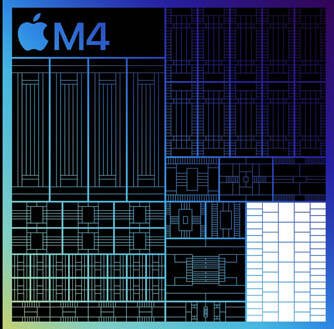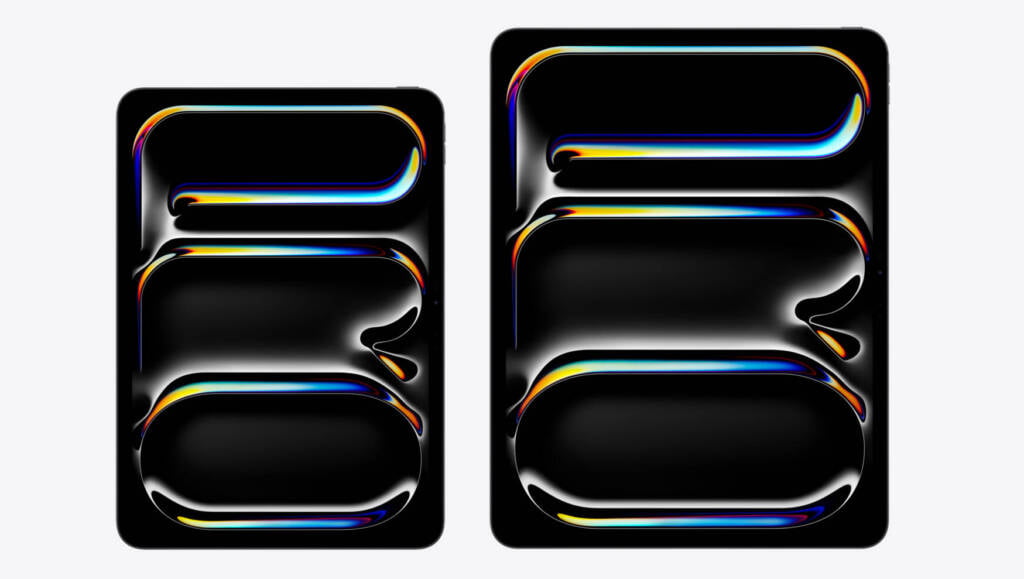The redesigned iPad Pro for 2024 was introduced on May 7 at Apple’s “Let Loose” event. The new Nano Texture glass iPad Pro 2024, which comes in 11-inch and 13-inch variants, created a splash with an M4 microprocessor that jumps a generation (that is, from the M2 chip of the predecessor to the current M4 processor).The new iPad Pro, according to Apple, is incredibly thin—like a “iPod Nano” small. I had a brief opportunity to experiment with the new iPad Pro models, and I must admit that these tablets are remarkably thin. Furthermore, they resemble feathers a lot.
However, the nano-texture glass model drew my attention the most; however, more on that later.
Table of Contents
The new iPad Pro’s slimness amazed me.
When Apple claimed that the iPad Pro is “impossibly thin,” pointing out that the 11-inch and 13-inch models are 5.3mm and 5.1mm thick, respectively, I couldn’t believe it — until I held them for myself.
All-New M4 Chip
Since 2020, Apple has only launched its M-series processors alongside another Mac. That is no longer the case, as Apple has unveiled the all-new M4 chipset, which will power the new iPad Pro.
The new chip is based on a second-generation three-nanometer process, which allows more transistors to be packed into a smaller space, improving both power efficiency and performance. The CPU has four performance cores and six efficiency cores, which Apple claims provide up to 50% faster CPU performance than the M2 in the previous iPad Pro. There is also a 10-core GPU, which provides four times faster performance. It includes ray tracing, mesh shading, and dynamic caching, just like the M3.
Considering that Apple’s annual Worldwide Developers Conference, which centers on new software capabilities coming to its entire product line, is next month, the change in strategy makes sense. In addition to reports that Apple is also in talks with Google regarding licensing the Gemini assistant, Bloomberg reported in April that iOS 18 will include “a new slate of generative AI features” and that Apple was in talks with OpenAI to incorporate some of the company’s features into the upcoming version of the iPhone operating system.
Both in February and, more recently, earlier this month, Apple CEO Tim Cook made references to the company’s upcoming AI features during its earnings calls. Even so, Apple stayed away from AI-specific features.
Although it’s limited to the new iPad Pro right now, we are expecting Apple integrating the chip into the Macs of the future generation.
The first glass model with nano texture glass iPad pro.
You can get a nice matte finish on your iPad display by purchasing the nano-texture glass model if you’re tired of dealing with it not working in difficult lighting conditions.

Standing in a well-lit area, I observed that the nano-texture glass model—which is exclusive to the 1TB and 2TB storage options—markedly decreased glare.
However, carry in mind that this model works best for users who require a highly visible screen for mobile use at all times. Because it is designed for professionals, the nano-texture glass model costs at least $1,699 for the 11-inch model and $2,099 for the 13-inch variant.
ALSO READ: Data Annotation Tech: A Step-by-Step Guide
The ‘Tandem OLED’ iPad Pro is really beautiful.
Apple arranged two OLED screens on top of one another to create the new “Tandem OLED” display found on the iPad Pro. What was the outcome? a brilliant, immersive display with exceptional contrast and brightness—1,600 nits at its highest point.
The gorgeous ‘Space Black’ iPad Pro
When the Space Black MacBook Pro debuted in October of last year, I was hoping that more Apple products would feature this stunning, deep onyx hue.
Nano Texture glass iPad Pro: BUY NOW




